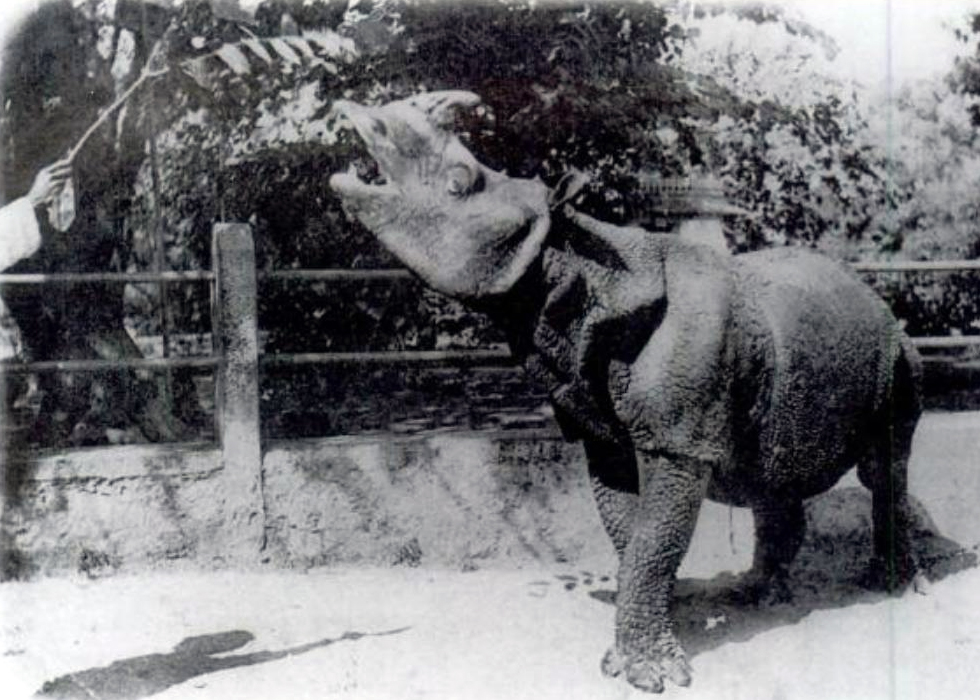The Javan rhinoceros (Rhinoceros sondaicus) is a critically endangered species native to Indonesia. There are an estimated 73 individual rhinos alive.
While that may not seem like much, the population has been stable and steadily increasing, adding at least one new baby rhino per year since 2012 according to conservation workers.
What’s more, is that this trend seems to be continuing this year as well.
As reported in Mongabay:
“Conservation officials in Indonesia have reported a sighting of two new Javan rhinoceros calves, boosting hopes for stable population growth of the nearly extinct species.
“The calves, a female and a male, were spotted on different occasions in March by camera traps in Ujung Kulon National Park on the western tip of Indonesia’s Java Island, the Javan rhino’s (Rhinoceros sondaicus) last habitat on Earth.
“The addition of the two calves brings the species’ total population to 73 individuals, comprising 40 males and 33 females. There has been at least one newborn Javan rhino calf recorded every year since 2012, according to the International Rhino Foundation (IRF).”
Poaching and development have been labeled as the top two reasons for the Javan rhino’s decline. Some were believed to have also resided in Vietnam but have been labeled as extinct in the country from poaching as well.
There are some who, despite the Javan rhino’s recent success, want to establish a second area where the animal species can hopefully thrive. This is mainly because Ujung Kulon National Park is very close to Anak Krakatau, the famous volcano that recently erupted again in 2018 damaging part of the park and killing more than 400 people.
Hopefully such a move is unnecessary. According to Mongabay, “no suitable site has been chosen, with the Indonesian government instead opted to expand the usable habitat within Ujung Kulon.”
Read the full story in Mongabay here.
